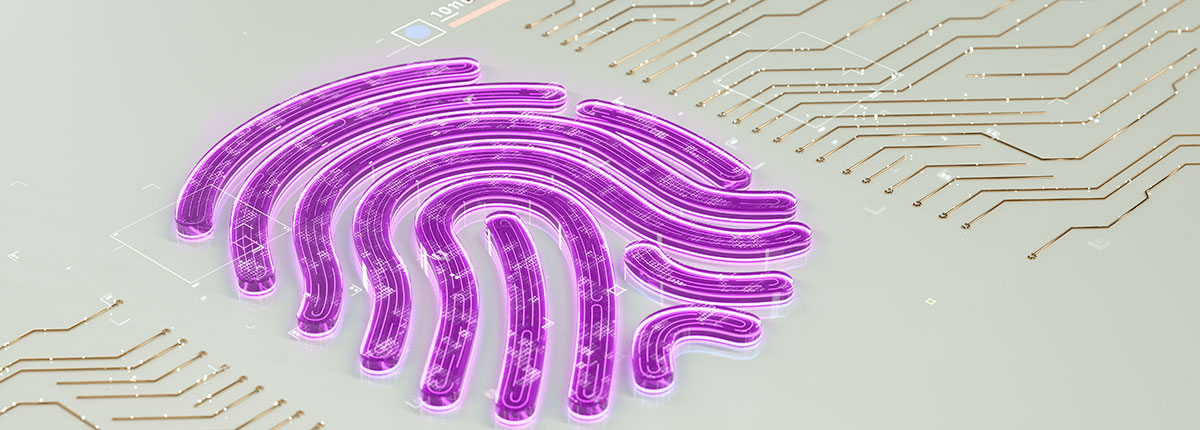Let’s talk about your EHR needs: 1.800.383.6278 MEDHOST Community Login

In the first part of this HIMSS19 highlights series, we dove deep into health IT trends and challenges surrounding interoperability, medical devices and wearable technology, and cybersecurity.
Health IT industry experts at the conference also gave insights on what’s next for health IT related to patient engagement, physician burnout, and revenue cycle management. Here are numbers 4, 5, 6 of the trends and challenges!
Director of Clinical Portal Solutions at LifePoint Health, Geoffrey Mason, emphasized the importance of patient engagement when he stopped by the MEDHOST podcast lounge at HIMSS19. One way to deepen patient engagement efforts beyond Meaningful Use requirements is through secure messaging and meeting patients where they are.
“Currently we’re providing clinical information [to patients], and now I’ve seen secure messaging where clinicians can communicate with one another within an organizations and now that is expanding out to the patients,” said Mason. “We have our standard patient portal solutions but everyone uses text messaging today, everyone has a mobile phone. So the quickest way to communicate with patients is the mobile phone.”
In order to put patients truly at the center of their own care and empower patients to take control of their health, Vice President and CIO of Amsurg Corp Eric Thrailkill told MEDHOST in his podcast interview that the HIMSS audience base will need to expand.
“HIMSS actually stands for the Health Information and Management Systems Society, but should be inclusive of consumers, of employers, of government, of different organizations that are all connected in this enablement of health,” said Thrailkill, president of TN HIMSS. “And that’s why at the core of all of this is data, is information, is the ability to extend that to digital and the ability to really leverage what’s happening across the global stage.”
CEO of PatientKeeper Paul Brient discussed how growing pains with automated technology has contributed to physician burnout in the MEDHOST podcast lounge at HIMSS19. “It seems a little bit ironic that we’re just now focusing on the physician after all these years of automating different parts of the healthcare system,” said Brient. “We’ve taken productivity out of the hands of physicians.”
When physicians go home after their shifts and spend three hours on patient encounter documentation and medication reconciliation, burnout may not be far behind. Brient said that it’s time to put the focus back on physicians.
“Doctors are people, too,” he said. “They use technology. But if we just give them tech that works that way, they will not only use it, they’ll love it. Try to get the software to work the way doctors think and they run. And not the other way around.”
Finally, thought leaders had much to say about changes happening in revenue cycle management. Centers for Medicare and Medicaid Services price transparency rule went into effect on the first of the year, designed to empower healthcare consumers to make informed decisions about their care.
At HIMSS19, thought leaders gathered together for a Revenue Cycle Solutions Summit to further the discussion around what can be done to rethink RCM so that efforts both boost hospital bottom lines, weather continued change brought on by value-based care payment models, and create a patient-centered environment with personalized services.
The MEDHOST podcast lounge at HIMSS19 captured many informative and in-depth discussions on critical healthcare IT topics. Be sure to read part 1 of the HIMSS19 review and check out all of the fantastic discussions we had in the MEDHOST podcast lounge in Orlando.
Rely on MEDHOST to keep you up-to-speed on hot health IT topics by subscribing to our blog and checking out our resource page.